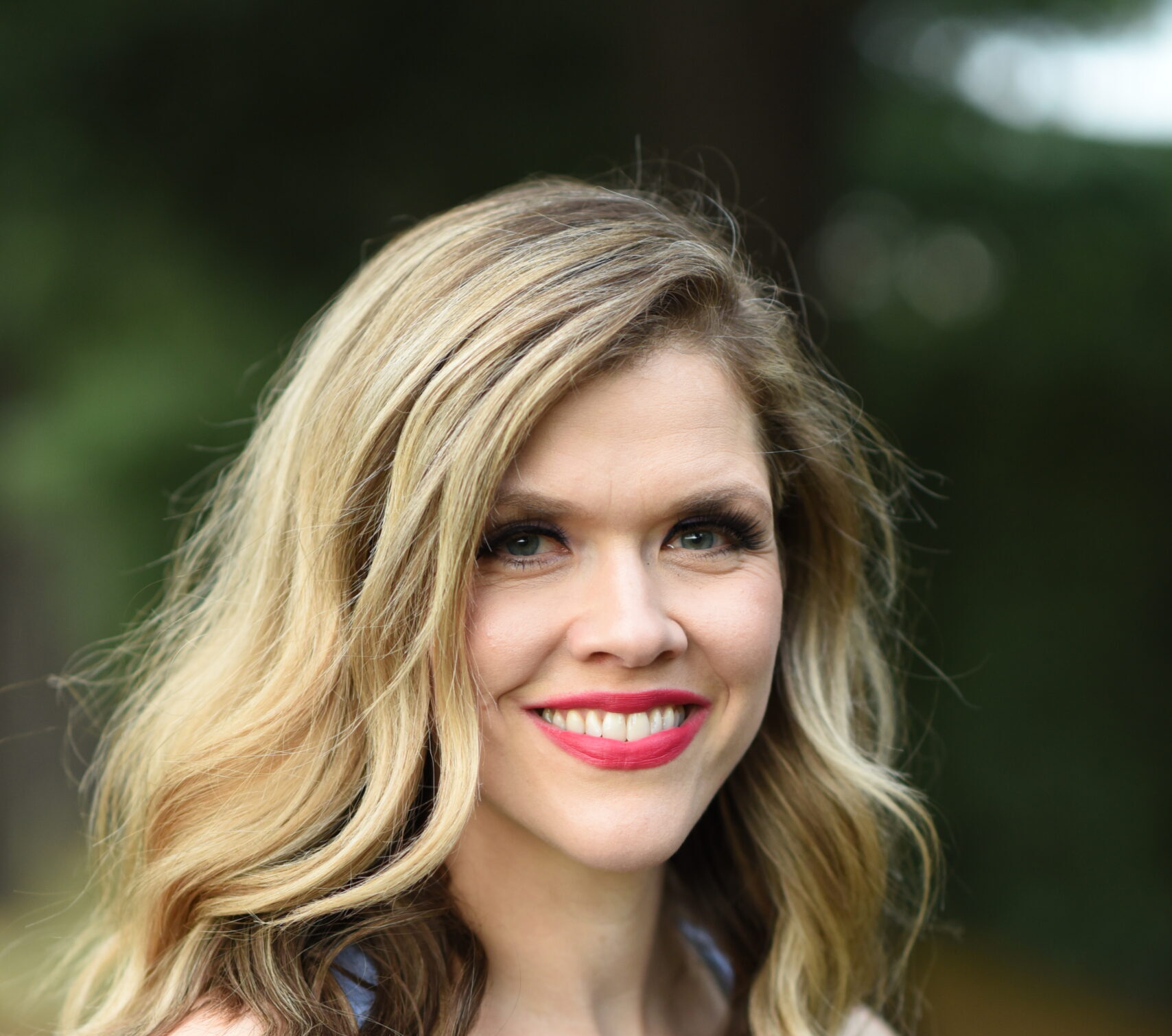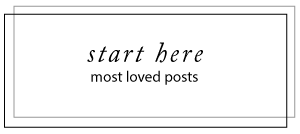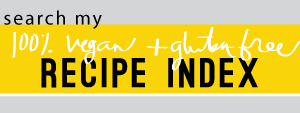As part of the new changes that are coming, I hope to bring more of my fitness expertise to the blog and include some useful training tools to help you achieve some of your fitness goals.
Your belly
If fitness were fast food, everyone’d be ordering the abs (as in abdominals).
I can say this with complete confidence, because after nearly six years of teaching group fitness classes, the requests from students for “more abs, please” never stops coming my way.
It’s amazing really. I didn’t use to understand it. I’d think, what, you think doing 100 crunches is going to magically whittle away fat? For the record, I despise traditional crunches, I think they are a pitiful waste of time, but more on that later. What about toning your arms? legs? butt? Don’t they deserve a little love and attention, too?
This discussion perhaps may seem a little vain to some. Maybe, but I haven’t met a woman or man yet who says, I want a few extra spare tires around my middle!
While I still don’t completely get it, I’ve come to terms with the fact that ab workouts are a crowd pleaser, so I try to give the people what they want, and I typically throw in 5-10 minutes of ab work into every class I teach (or more if it’s a Pilates class, which is primarily ab/core work).
Feel the burn!
People love to feel their stomach muscles burn, and they like to think that somehow this burn is making them skinnier. It’s not. Sorry.
While it may be making their stomach muscles stronger, the only way to lose that obnoxious belly fat and create a lean, toned look is to lose the fat. And the only way to lose that is by creating a consistent caloric deficit so that your body will use (ie. burn) that fat.
How to get that “cut” look
In order to get the “cut” look, where you can actually see muscle definition, most women need to get below 20% body fat (which is still healthy, but pretty low for your average woman), or significantly lower, like 14-18%, depending on your body type and where you tend to store fat. I tend to store extra fat in my hips and thighs, not so much my stomach, so I start to see definition of my abs at about 18% body fat.
[A quick note on body fat testing. One of the only truly accurate ways to test body fat is hydrostatic testing (water submersion) in a dunk tank. Most universities offer this (which is where I got mine done). Next best option are skin calipers, but there is a large room for error if not measured properly. I hope to do a more detailed post on body fat and testing in the future.]
Since I’ve lost a few pounds and lowered my body fat % a bit (not quite sure where I am now since it’s been three months since I’ve been tested, but I’d guess am at 15 or 16% currently), it has significantly increased the visibility of my abdominal muscles, and I finally have what I’d call “washboard” abs. Something to be proud of after four children, although my husband is not all that impressed. He says he doesn’t love my muscles, but rather my curves. I still have evidence of all that childbearing–stretch marks to make a map envious as well as some excess skin, but even the stretch marks get lighter with time and the excess skin does tighten up some.
Core strength: What it’s really all about
So what is the point of the endless crunches? Well, very little, in my opinion. Too easy to cheat, only targeting a small portion of the stomach (and only stomach), and if done incorrectly, you could easily do a hundred crunches and not really be significantly challenging your middle.
If you want to strengthen your abs, you’ve also got to think about strengthening your back as well. Think core (butt, hips, thighs, abs, and back), the whole package. You want a strong stomach AND a strong back. This is why I’m a fan of Pilates because it aims to tone and strengthen the entire core, and includes leg and arm work too. A very balanced approach.
Although a word of advice, many at home Pilates videos are too easy and don’t provide enough repetitions of the exercise to really make a dent in your progress towards a stronger stomach. This is why I highly recommend going to classes (which tend to be more challenging and thorough, if you have a good teacher) or if you can afford, a studio.
Basics of core strength building
To build a strong back and stomach you don’t need a membership to a Pilates studio though. So what can you do to begin today to move towards a strong, tight, lean stomach?
First, pay attention to your diet. If you need to lose some fat, focus on this first. Second, it only takes about 5-10 minutes of concentrated, uninterrupted sucsessive core exercises done 5-6 days a week, to really start seeing improvement in strength. Make sure you’re not doing the same set of exercises day in and day out. You’ll want to change the exercises as well as the sequence from day to day.
I love bodyweight exercises. Bodyweight exercises are exercises that utilize gravity and the weight of your body to put stress on muscle groups. Very effective and can be very intense (think pull-ups, for example).
MY top 3 exercises for abs:
1. Any variation on the plank.
2. Any variation on the pushup.
3. Curl-ups or crunches on a stability ball or small exercise ball (placed under the low back).
Form and technique are everything when you’re performing the exercises, and even the tempo, or what at which you execute the move. I try to incorporate multiple muscle groups into each exercise, which is why I’m such a fan of push ups. Works shoulders, arms, legs (if you are doing it on your toes), and entire core including the back. There is a reason why the military and other highly fit populations still use classic push ups and other bodyweight exercises.



Comments